Tag Archives: constellation
Constellation Lamp is Perfect for Indoor Astronomers
Do you like stars and constellations, but don’t like being outside at night? Or do you just live in the city, where light pollution makes it impossible to see them? Either way, you need this lamp, which is printed with patterns of well-known constellations.

When you turn on the lamp, the perforated blue shade lets light shine through the constellations, and projects abstract patterns onto your walls. It’s very cool and would be perfect for a geek’s room or a kids room needing a cool nightlight.

The lamp includes a 6W LED bulb and has a pull chain to turn it on and off. The base measures 5″ in diameter, and the shade is 7.25″ in diameter. ThinkGeek has it for $29.99.
This speaker/clock will leave you ‘starstruck’
Speaker, Clock, and a Constellation viewing device. Together they sound quite arbitrary, and if I told you they were all the same product, I’d get some weird looks for sure, but I assure you, they’re the most dreamy (and I use that adjective literally) combination ever. The Cosmos, now in its second iteration (there’s a video of version 1 above), combines clock and speaker, but that isn’t all. The clock face itself looks like a starry sky, with two of the largest stars telling you the time. The Cosmos pairs with an app that allows you to set the time as well as play music from the speakers. The square-shaped speaker/clock comes with two full range speakers and a passive woofer to deliver beautiful audio. The clock itself comprises two etched discs of clear acrylic (one with the hour, the other with the minute + constellation patterns) that light up around the edges thanks to an LED strip that sits around the clock’s periphery.
The speaker and clock both sit behind a fine speaker grill that adds an element of awe to the clock. Light shines through the holes in the grill, making the stars in the constellation actually twinkle and shimmer. The result, you’ll have to admit, looks stunning. The Cosmos can either be kept on a tabletop, thanks to the kickstand, or even be wall-mounted. Either way, you’ll be staring at the stars all day long, while hopefully listening to some nice atmospheric jazz!
Designer: Jay Kim
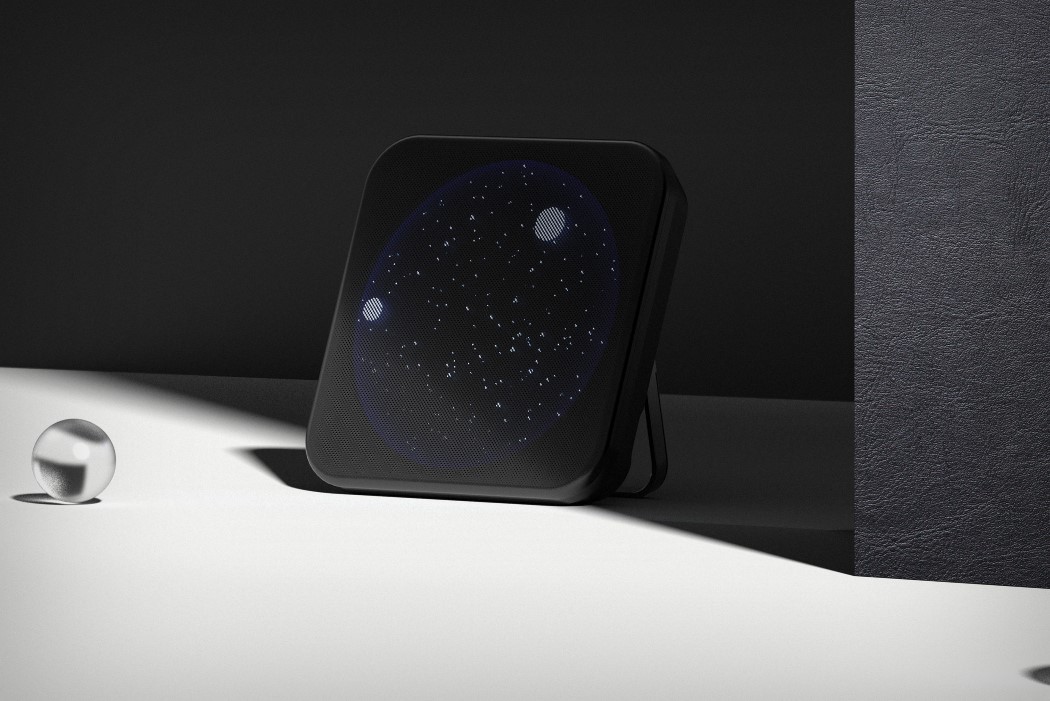
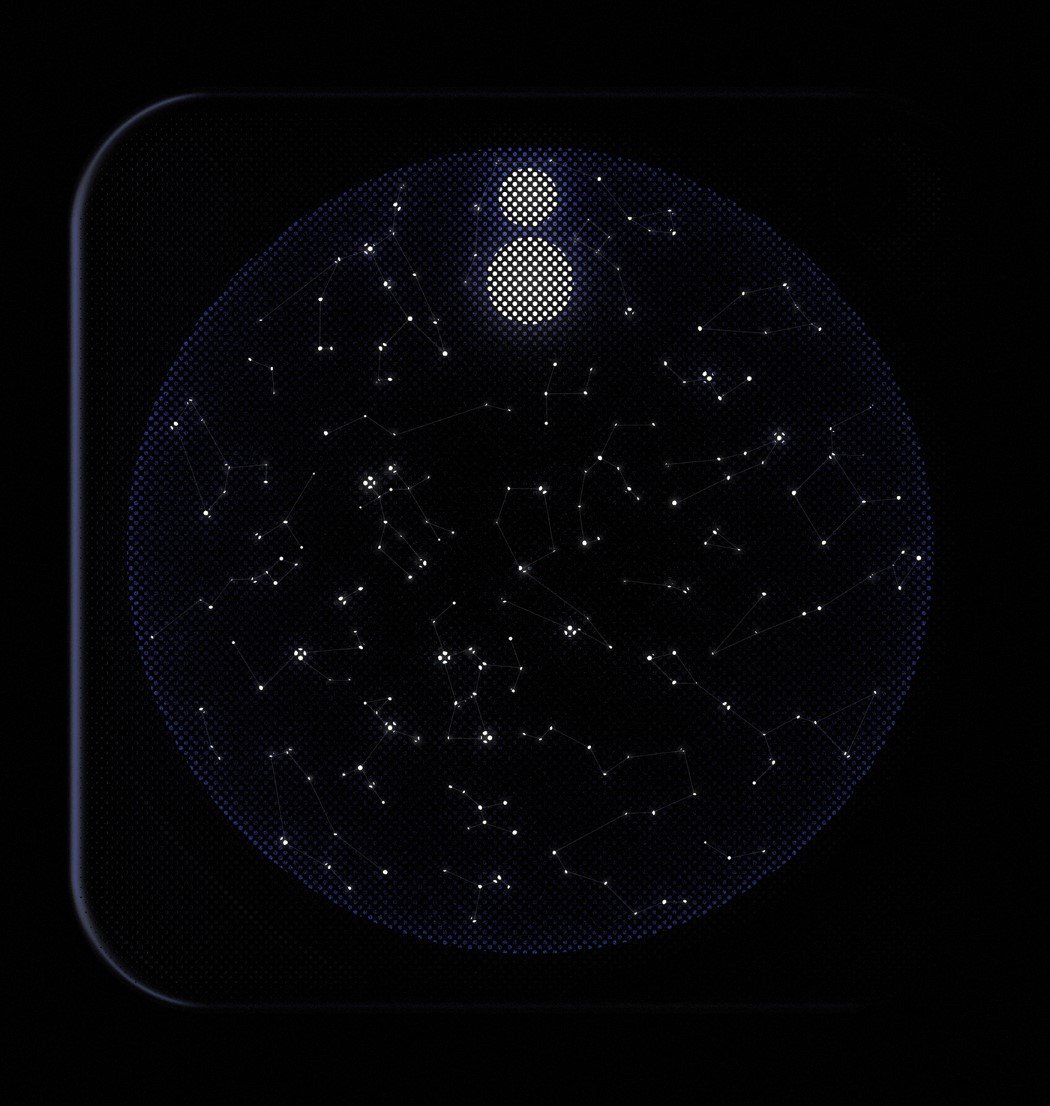
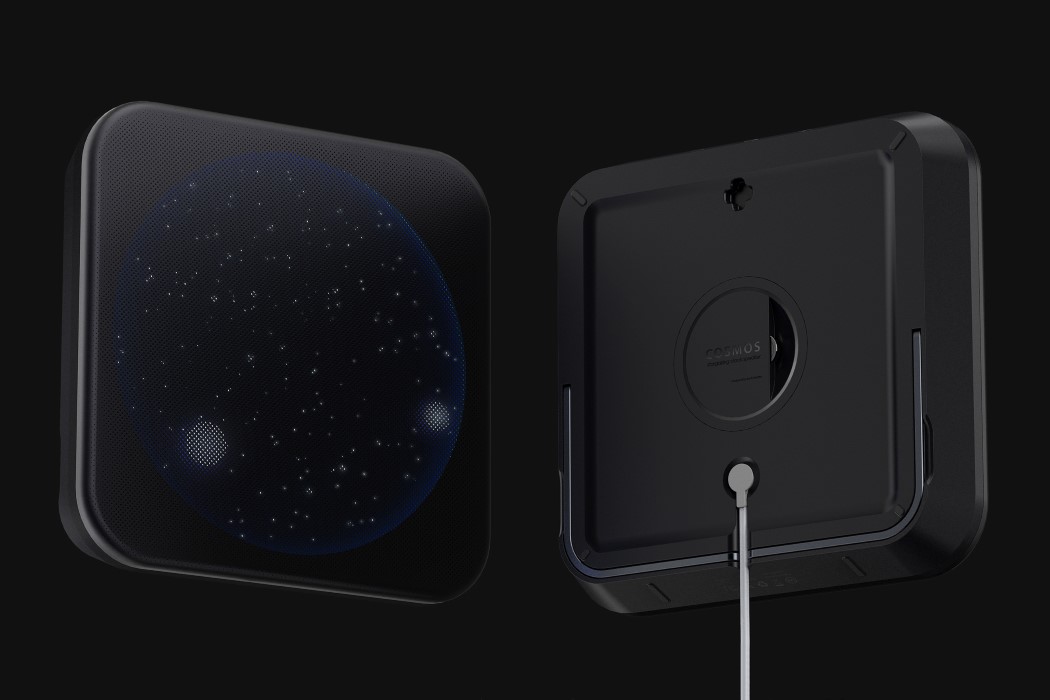
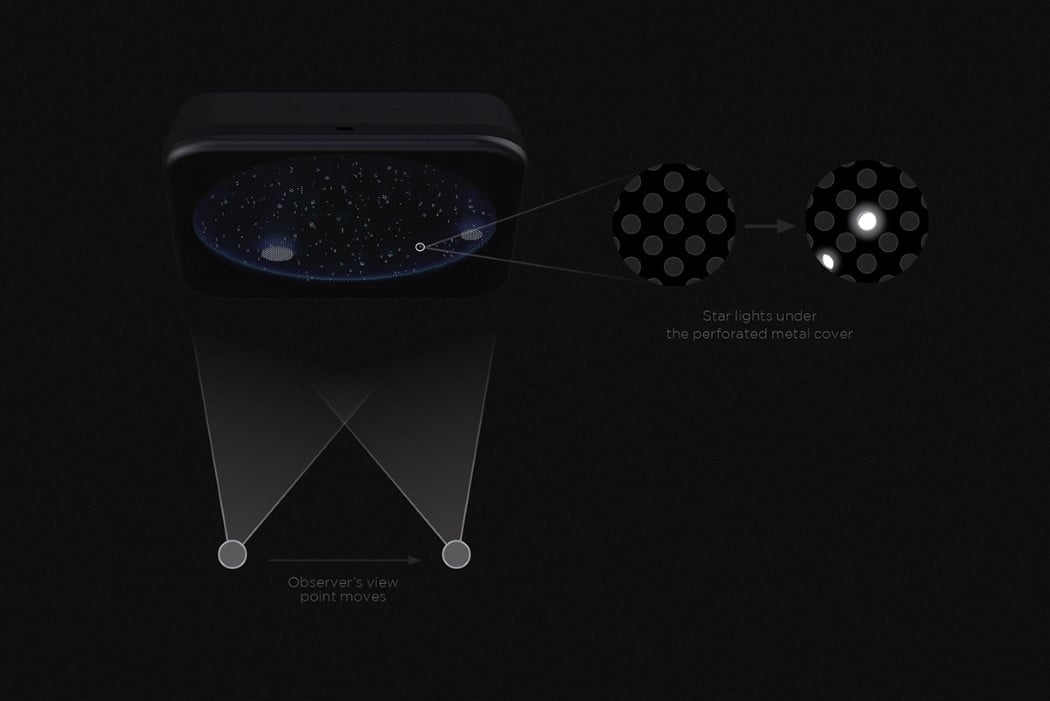
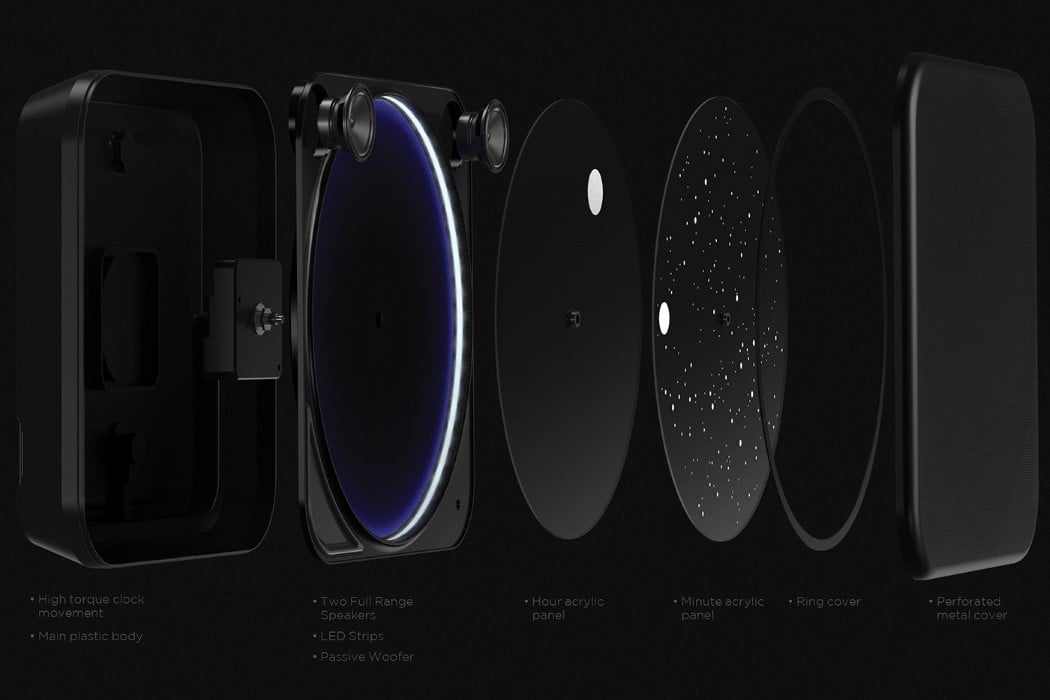
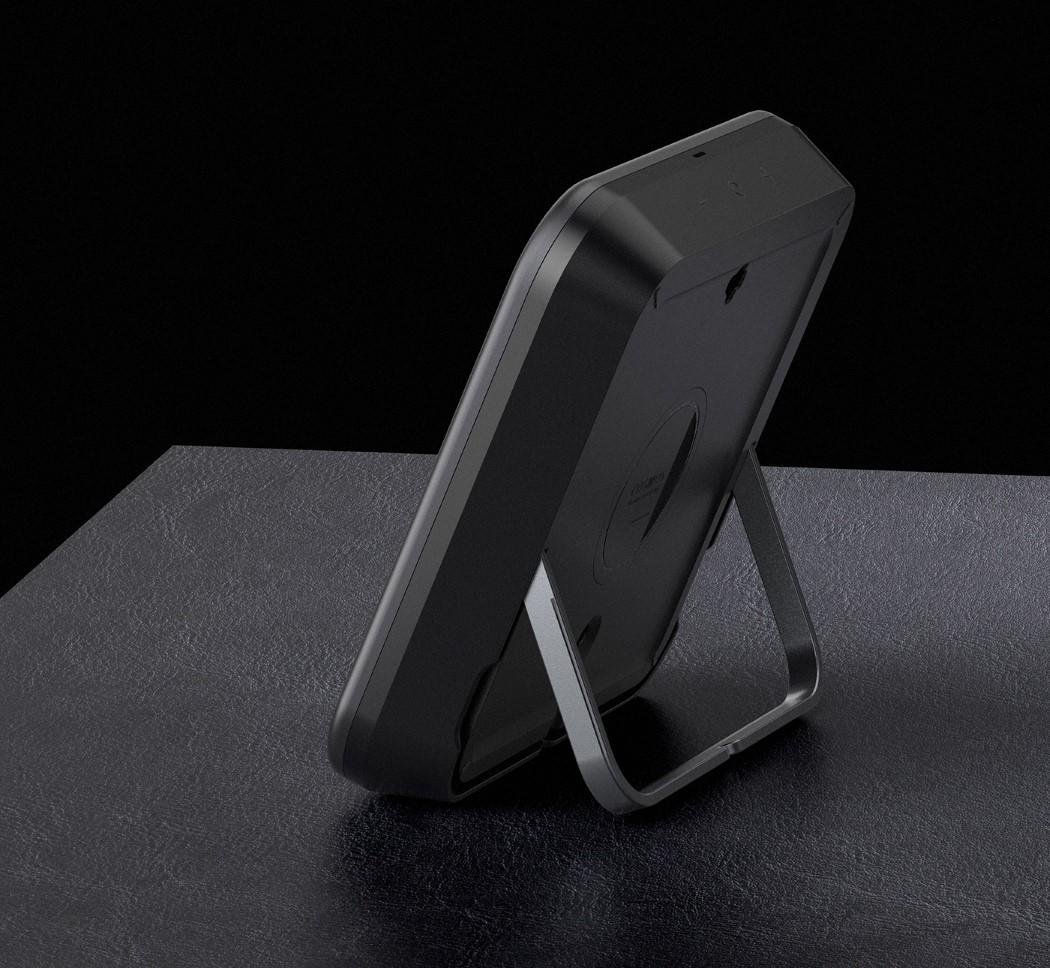
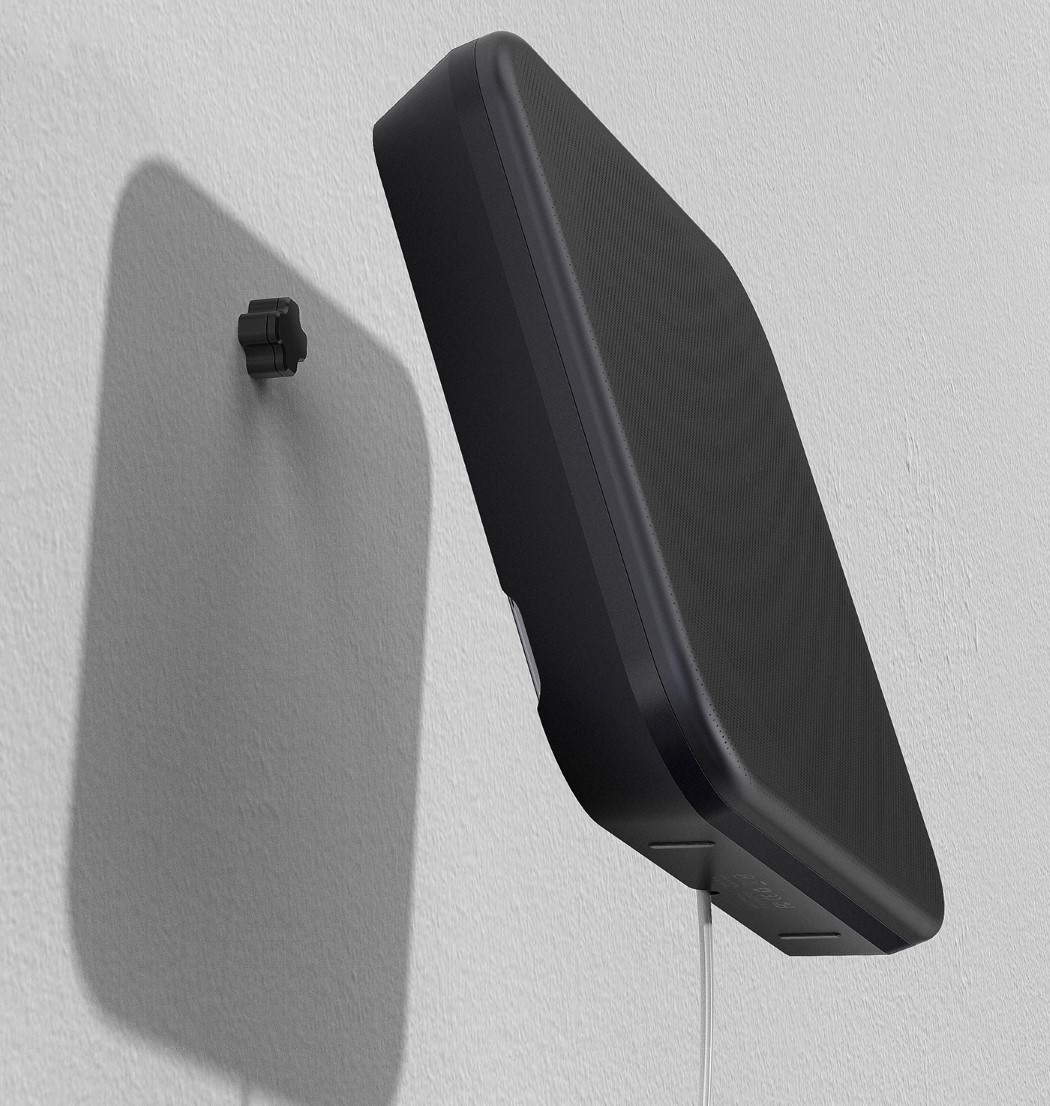
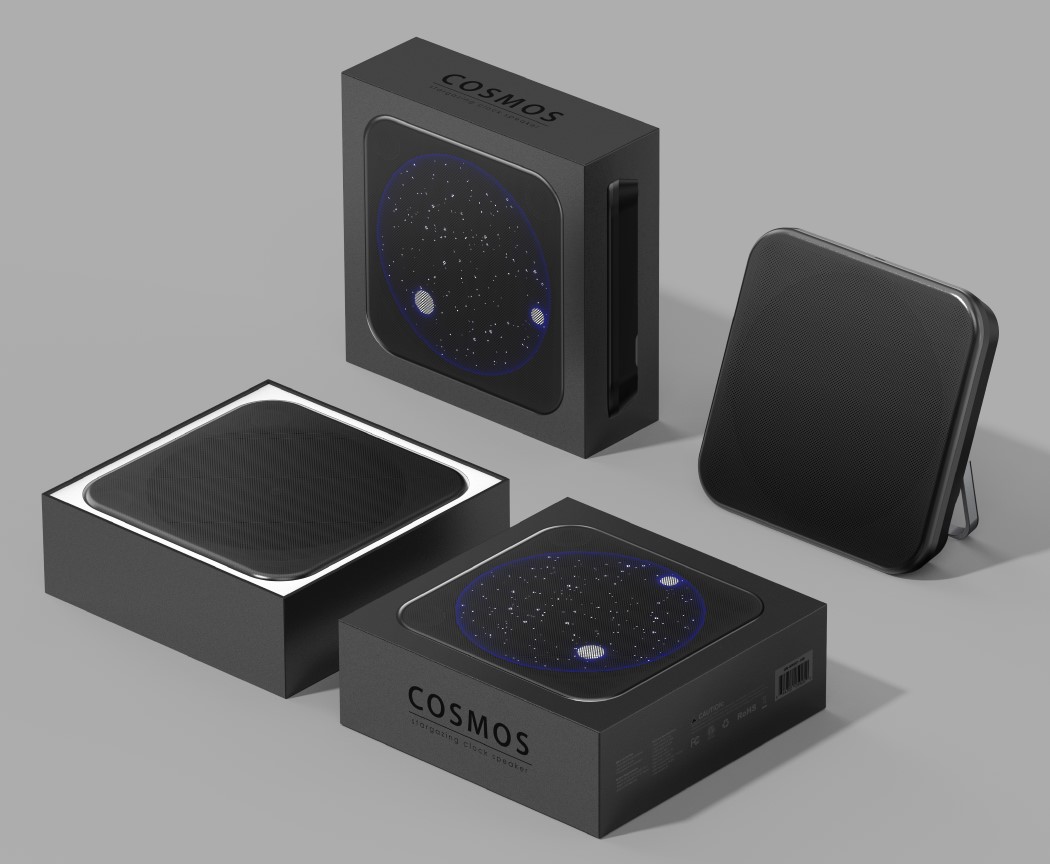
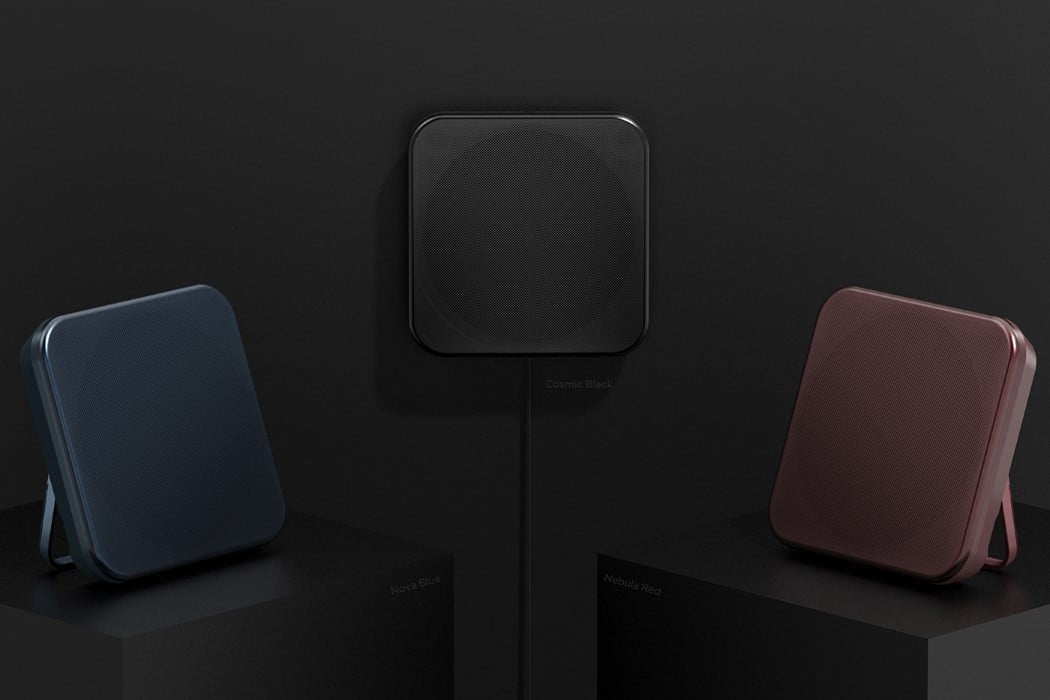
Vertu’s latest luxury Android phone is built for jetsetters
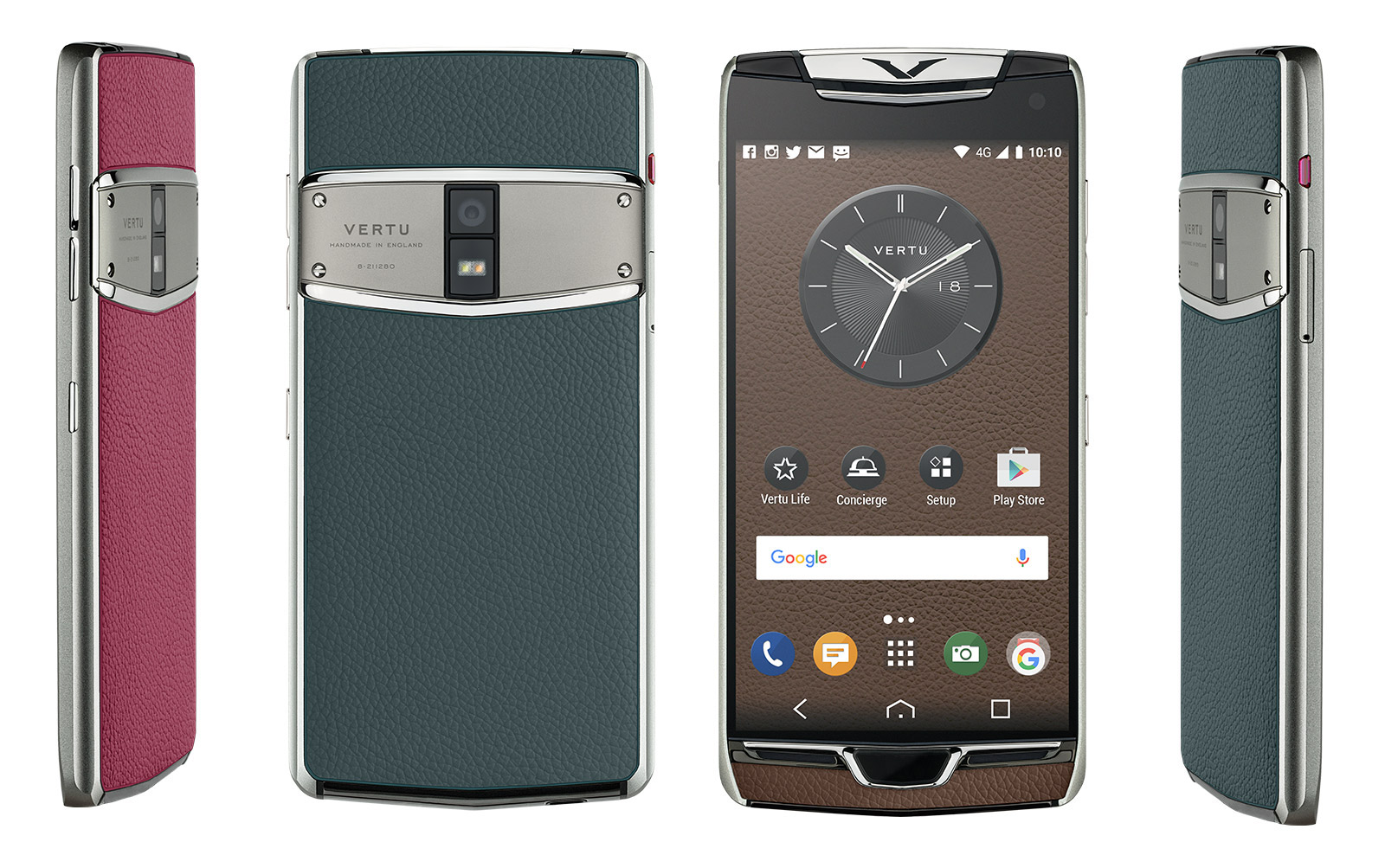 Luxury smartphone maker Vertu may have undergone some operational changes over the past couple of years, but that doesn't mean it has broken the tradition of selling people expensive Android smartphones. With its latest update to the premium Constell...
Luxury smartphone maker Vertu may have undergone some operational changes over the past couple of years, but that doesn't mean it has broken the tradition of selling people expensive Android smartphones. With its latest update to the premium Constell...
Constellation Earrings: Ear-stronomy
Reach for the stars every time you touch your ears with these Constellation Earrings. They feature none other than one of the most well-known constellations of all time: the Big Dipper and Little Dipper.
The earrings are crafted using sterling silver, with white topaz chips adorned in all the right places as the stars. You can wear them so that they rest on your lobes or wear them as dangle earrings to change things up a bit.
The Constellation Earrings available from ThinkGeek for $24.99(USD). Here’s to hoping that they’ll make an Orion pair soon.
[via Incredible Things]
Daily Roundup: Kindle Fire HDX review, Xi3’s Piston console impressions, Silk Road shut down and more!
You might say the day is never really done in consumer technology news. Your workday, however, hopefully draws to a close at some point. This is the Daily Roundup on Engadget, a quick peek back at the top headlines for the past 24 hours -- all handpicked by the editors here at the site. Click on through the break, and enjoy.
Vertu’s new Constellation is its second Android phone, and you still can’t afford it
With the Ti liberating Vertu from the Symbian shackles, it was only a matter of time before the luxury phone maker released its second Android device. The Constellation, as it's called (instead of "Constellation V" as listed by the FCC), takes a small but bold step away from Vertu's usual design language, as it lacks the iconic ceramic pillow on the earpiece. What it gains instead is the largest piece of tough sapphire glass that Vertu -- or any phone maker for that matter -- has ever crafted, as well as a layer of soft but durable calf leather wrapping around the Grade 5 titanium body. It'll also come in five colors: dark brown, orange (our favorite so far), black, light brown and cherry.
Vertu's CEO Massimiliano Pogliani told us that this "less is more" approach is to have a more neutral, less showy offer that he believes will appeal to a larger audience.
"It tested extremely well [in study groups] in China and Russia," said the exec. "In terms of design and appearance, it is being luxury but not too bling, too wild, too pushy, so I'm very happy and very confident."
Filed under: Cellphones, Mobile
Source: Vertu
Vertu Constellation V gets FCC approval, still hasn’t been announced
Generally Vertu phones are much flashier in real life than in basic diagrams, but we'll take what we can get -- especially when it comes to phones that haven't actually been officially announced (or rumored) yet. The set of lines, boxes and numbers you see above is the Vertu Constellation V, a device we actually haven't heard anything about. But here it is, receiving FCC approval; the phone sports AT&T and T-Mobile HSPA+ and GSM / EDGE, dual-band WiFi (802.11a/b/g/n), NFC and Bluetooth 4.0. We'd wager that this is the luxury phone company's next Android handset (second after the Ti), and it'll probably cost more than the monthly rent.
Filed under: Cellphones, Wireless, Mobile
Source: FCC
NASA completes successful parachute drop simulation for Orion spacecraft
NASA has always used the desert as its own personal playground, and we'd imagine that its team had a blast in Arizona yesterday, as a mock parachute compartment of the Orion spacecraft was dropped from 25,000 feet above Earth. The dart-shaped object experienced free fall for 5,000 feet, at which point, drogue chutes were deployed at 20,000 feet. This was then followed by pilot chutes, which then activated the main chutes. As you'd imagine, these things are monsters: the main parachutes -- three in all -- each measure 116 feet wide and weigh more than 300 pounds. Better yet, the mission was successful.
Naturally, all of this is in preparation for Orion's first test flight -- currently scheduled for 2014 -- where the unmanned craft will travel 15 times further than the ISS and jam through space at 20,000 mph before returning to Earth. Yesterday's outing is merely one in a series of drop tests, and yes, it's important to remove any unknowns from the situation: eventually, humans will be along for the ride.
NASA completes successful parachute drop simulation for Orion spacecraft originally appeared on Engadget on Thu, 30 Aug 2012 07:45:00 EDT. Please see our terms for use of feeds.
Permalink | NASA | Email this | Comments
NASA | Email this | Comments 





